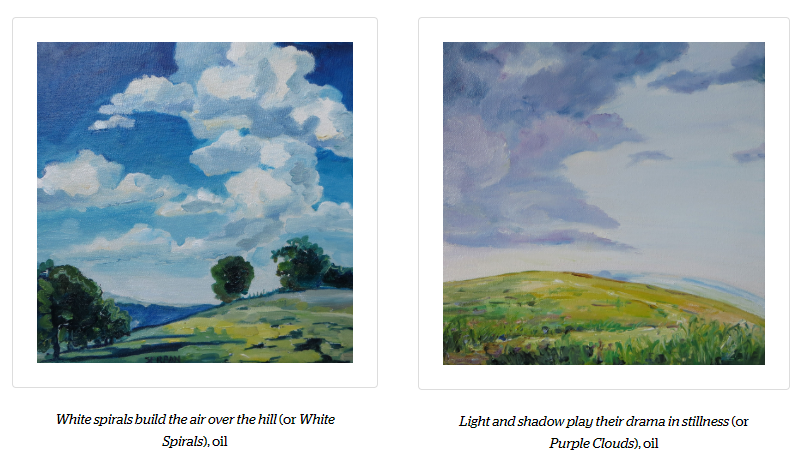The following is excerpted from UConn Magazine.
Cresting the wooded hill on Highway 195, we began our southerly descent into Storrs. Abruptly, our eastern horizon expanded to reveal the gracefully curved profile of Horsebarn Hill. That smooth silhouette, that whaleback shape, that green ellipse is the single most beautiful thing on the UConn campus.
That’s what I decided during my first visit to Storrs, which I made to interview for the professorship I still hold. Within a month, I would be uprooting my Alaskan family to teach at a red-brick university with the most beautiful skyline in New England. During the decades to come, Horsebarn Hill would become my topographic tonic. When life got rough, its sweeping curve smoothed out my sharp edges. When I felt down, its high profile lifted my mood. When I felt confined, the panoramic view from its summit reminded me that I’m surrounded by a vast expanse of rural woodland beauty.
Today, Horsebarn Hill lies beneath a blanket of atmosphere. My sights and sounds are of clouds, birds, breezes, and cattle making milk for Dairy Bar ice cream. Yet scarcely 20,000 years ago, that same hill lay beneath a blanket of glacial ice sliding southward. My only sight would have been of perpetual darkness. My only sounds would have been mechanical — the grinding, crushing, scraping, and shattering of rock residues being pulverized, and the smearing noises of a landform being shaped by glacial erosion. These cold dark acts of creation gave rise to the rich moist soils and smooth slopes that attracted pioneering farm families of the late 17th century to settle here, and the farm educators of the late 19th century to plant the seeds of UConn Nation.
Horsebarn Hill symbolizes that creation story, making it my candidate for UConn’s most essential icon. It overlooked the birthing ceremony of Storrs Agricultural School in 1881 and overlooks our great university today. The gilded cupola of Wilbur Cross (1939) marked our metamorphosis into a liberal arts university, and the silver dome of Gampel Pavilion (1990) marked our emergence as an athletic dynasty. Both are splendid icons. But let’s not forget that these architectural achievements came much later and were built on the same stuff from which Horsebarn Hill was made. Read on.



